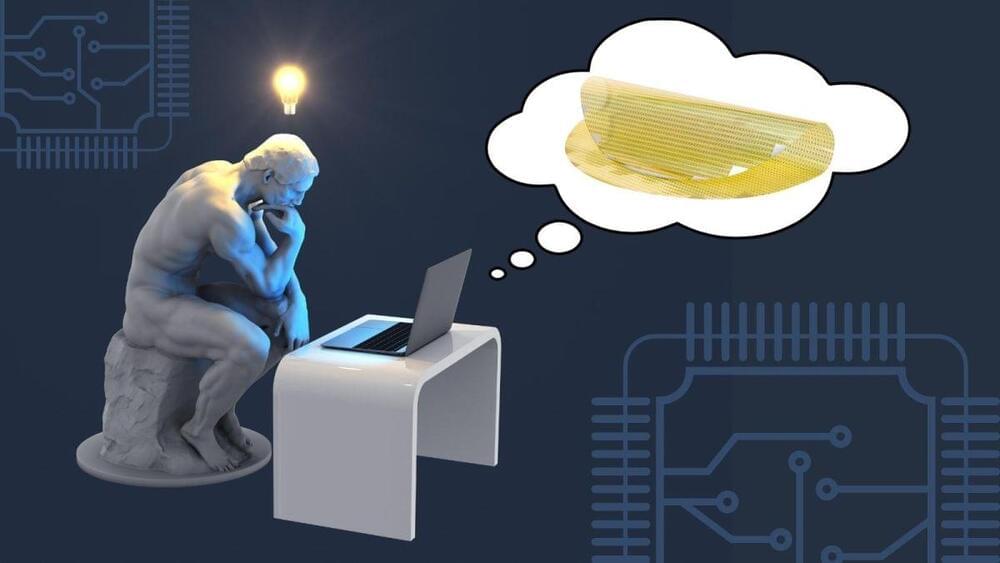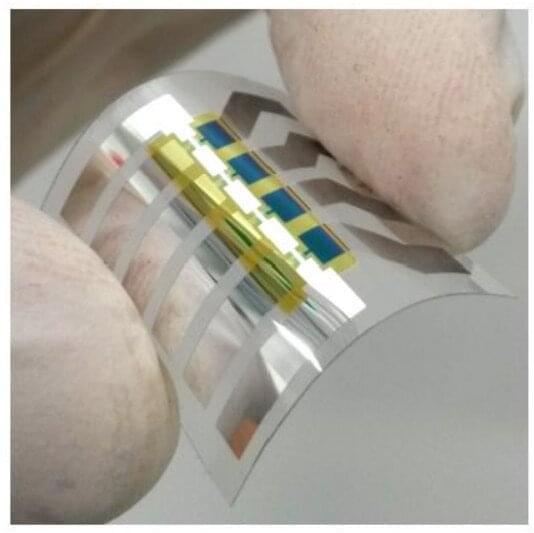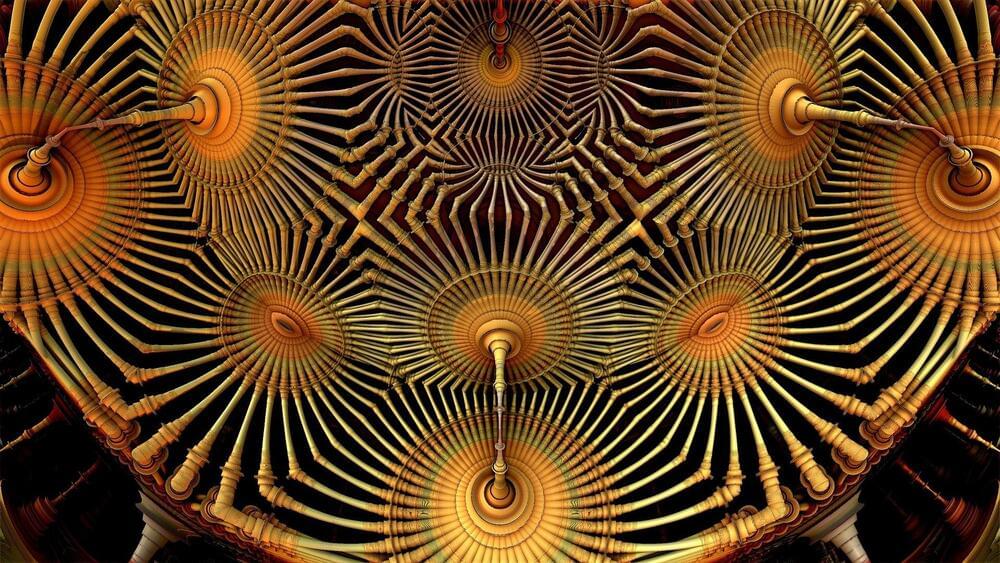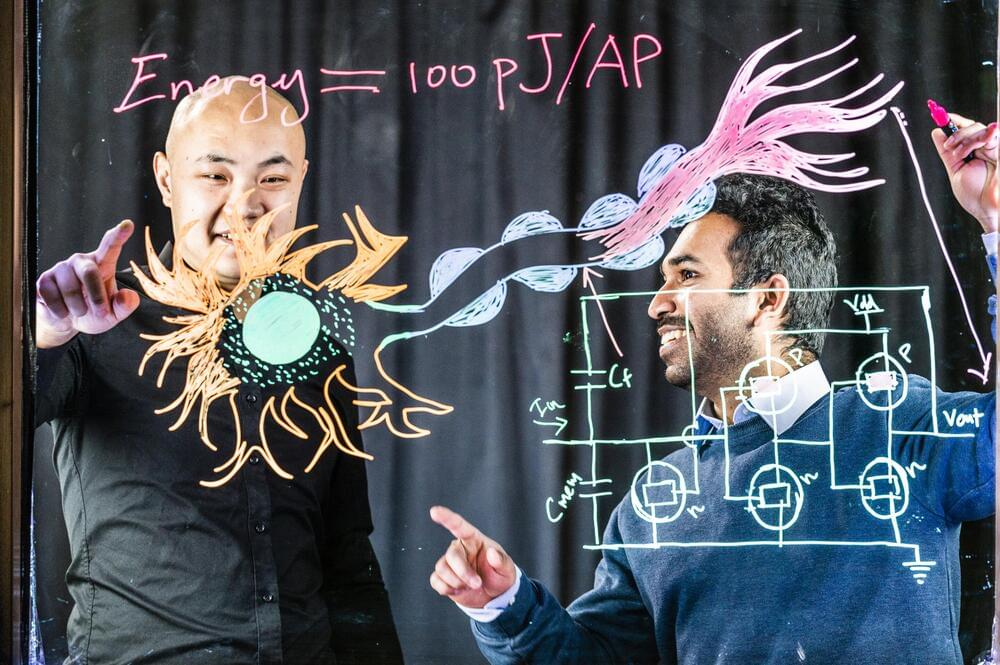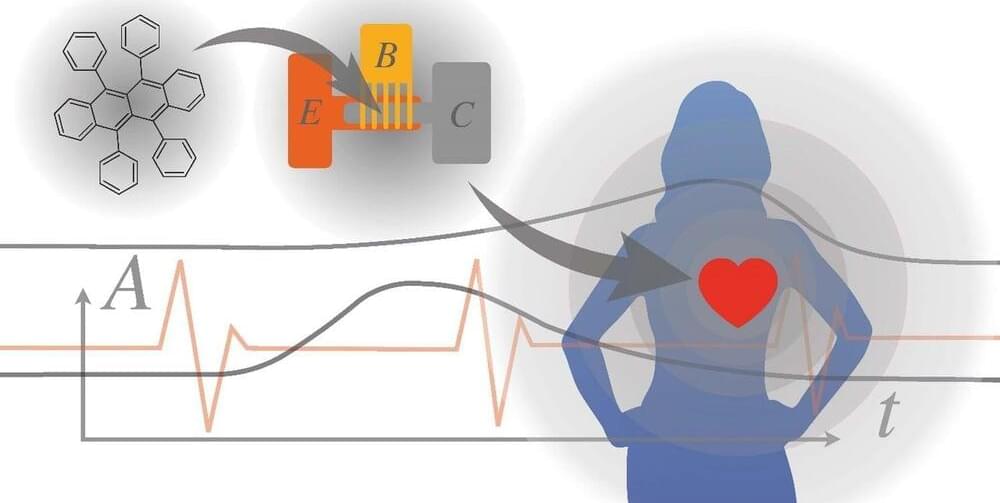Researchers at the University of Central Florida are developing new photonic materials which may one day be used to enable ultra-fast, low-power light-based computing. The unique materials referred to as topological insulators, resemble wires that have been flipped inside out, with the insulation on the inside and the current flowing along the exterior.
In order to avoid the overheating issue that today’s ever-smaller circuits encounter, topological insulators could be incorporated into circuit designs to enable the packing of more processing power into a given area without generating heat.
The researchers’ most recent study, which was published on April 28 in the journal Nature Materials, presented a brand-new process for creating the materials that make use of a unique, chained honeycomb lattice structure. The linked, honeycombed pattern was laser etched onto a piece of silica, a material often used to create photonic circuits, by the researchers.


